
Ask anyone in the veterinary profession to describe Dachshund temperament, and they’ll likely use one word: fearless. Nothing stopped my heart (or tested my reflexes), quite like watching a Doxie fling themself off the exam table. Then they’d flash a doggie grin – “Just testing!” Such superhero moments are normal for Doxie owners, and once you learn where that temperament comes from, it makes sense. It just never stops scaring the daylights out of vet staff.
The Intelligent “Badger Dog”
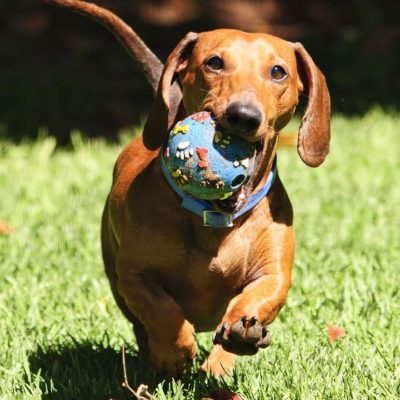
Dachshund means “badger dog” in German. These little dogs were bred and trained to tunnel into burrows after badgers (badgers!), foxes, and other small game. No human could fit into those tunnels, so Dachshunds needed to be smart enough to problem-solve independently. That crafty intelligence carries forward to today. They focus on a situation until they unravel it. As such, puzzle toys are great options for Doxies. Now, this focus also means you might only get five feet during walks as they stop to sniff every inch of the sidewalk, so be prepared.
Sending Dachshunds after animals as fierce as badgers meant needing a courageous temperament. These little guys are certainly brave, even if taking on a stuffed badger. While that bravery is admirable, it can get them into trouble as they challenge dogs four times their size. (Or as they insist on jumping off exam tables.) Always keep your Doxie on a leash!
Stubbornness
On the flip side, that same breeding manifests in the form of obstinance. Dachshunds are smart enough to manipulate situations to their benefit. This can make training difficult. Until you hit on your Doxie’s motivation, he’s only going to learn what he WANTS to learn. You’ll need patience and consistency if you want to outsmart your Dachsund.
“I would rather train a striped zebra to balance an Indian club than induce a Dachshund to heed my slightest command. When I address Fred, I never have to raise either my voice or my hopes. He even disobeys me when I instruct him in something he wants to do.”
~E.B. White, Author of Charlotte’s Web
Loyal Dachshund Temperament

Dachshunds bond with their family members. They are sweethearts, and they become attached to the people they love, sometimes to the point of becoming needy. They demand attention, and you’ll often find them underfoot. Oh, and it’s an unwritten rule that Doxies have unlimited access under the covers of the bed (ask any Dachshund owner). If you want a constant companion as you do chores, the Dachshund’s temperament is perfect for that. (Whether you wanted help sweeping the floor is another story) This loyalty makes them perfect guard dogs. It doesn’t hurt that Doxies also have the bark of a much bigger dog.
Aggression
Unfortunately, the devotion that lies at the heart of a Dachshund’s temperament can lead to problems with aggression. Again, they were bred to take on BADGERS. And like many other small breed dogs, they have a bit of a Napoleon complex. They are not afraid to defend themselves or their families. Studies conducted rank Doxies in the top 50 most aggressive breeds – often higher than Rottweilers!
Dachshunds are not only aggressive toward strangers, but other dogs and even their owners (stubbornness has bad side effects). Strangers often view Doxies as cute and harmless. (Turns out that big bark isn’t always enough to dissuade people) I have to admit – my one dog bite was a Dachshund. (I went to shake his owner’s hand)
The best way to counter possible aggression problems: make sure your Dachshund is properly socialized. You can’t do much about the ingrained temperament, but exposing her to different people – starting as young as possible – will help.
And loyalty isn’t all bad. Dachshunds have been known to rescue their owners from bad situations!
Send in the Clowns

Dachshunds love to play, and their faces reflect their sense of humor. This temperament allows them to make a game out of just about anything. Fetch is a particular favorite of theirs – they just might not always bring the toy back (independent thought at work). As part of their loyalty, Doxies will look to you for interaction. While you need to be careful of their backs (discourage jumping on/off furniture), the activity will keep their mischievousness in check. Small children don’t mesh well (those backs again), but older children and Doxies are a great combination.
Back in the Tunnels
If left to their own devices, Dachshunds will revert to the hunting side of their temperament for activity. This means your gardens could come under assault. Doxies LOVE to dig. Leaving them unsupervised in the backyard isn’t recommended; they can tunnel OUT. They also have a prey drive for smaller creatures. This often translates to toys getting “killed.” So long as you’re prepared to replace toys (and remove debris), you’re good.
Triple Dachshund Temperament?
Dachshunds come in three varieties, and fanciers swear each has a unique temperament. The Long-Haired Dachshund is reported to be easy-going and the calmest. Meanwhile, the Wire-Haired Dachshund is considered the opposite: an extroverted entertainer. That leaves the Smooth-Haired Dachshund (the most popular in the United States). As expected, this breed falls in the middle of the other two. However, some feel the Smooth-Coat is the bossiest of the trio.
In reality, the temperament of your Dachshund depends on your training, the socialization they experience as a puppy, and what you allow them to get away with regularly.
Understanding Dachshund Temperament
As with any dog breed, the Dachshund’s temperament has its pros and cons. As one of the most popular breeds in the world, owners understand the importance of working with the Doxie’s nature. If you want a dog to snuggle under the blankets, “help” with your daily routine, and scare everyone who knocks at the door, then the Dachshund is the dog for you.
Just be ready when they get that superhero glint in their eye.



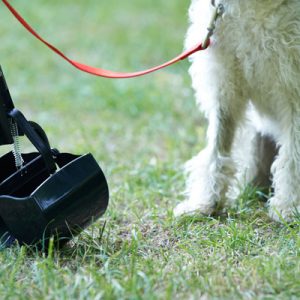
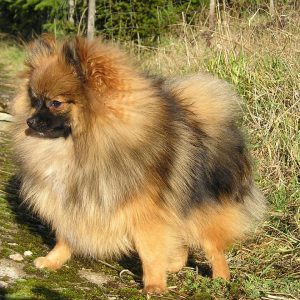






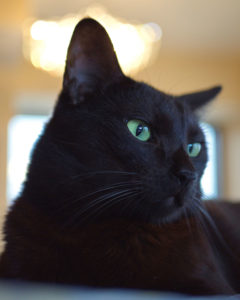
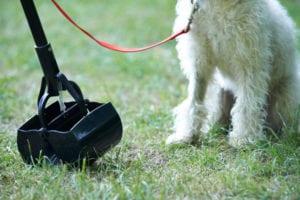
6 Comments
And here all this time, I thought Dachshund was German for “little pain in the ass “…..
Sunny,
Dachshunds can come across as temperamental to some people, but a lot of people feel the different layers of their temperament are worth working with. It’s not really fair to look at one aspect of their personality to the exclusion of the others.
~Andria
I agree my dauschund bear is a layer and everyday those layers make him enjoyable or my pain in the ads
Maggie,
I’m glad to hear Bear keeps you on your toes. The best dogs always do, right?
Thanks for your support here at Bone & Yarn!
~Andria
Our Rupert is only a few inches tall…but every inch tells him he’s a Rottweiler! ????
Ronnie,
They’re little spitfires, aren’t they?
~Andria